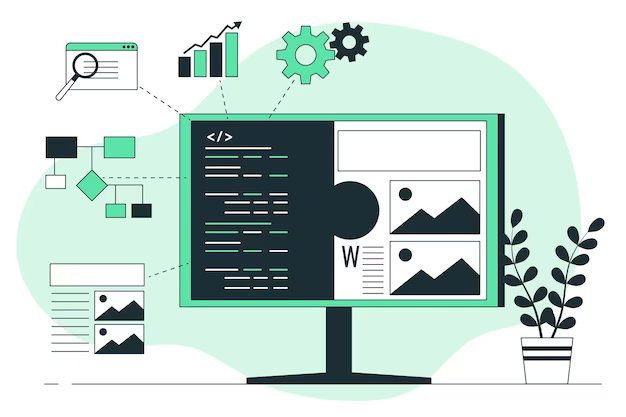In an increasingly text-heavy world, text-to-speech technology is a ray of efficiency and inclusivity. The introduction of Text Speaker has not only completely changed the way we consume information, but it has also sparked innovation in a wide range of industries.
Brief Overview of Text Speaker Technology
Text-to-speech (TTS) is the process of using artificial intelligence to translate written information into spoken language. A wider range of applications have been made possible by the smooth merging of languages and technology, opening out information to a wider audience. The significance of Text Speaker reverberates across a spectrum of applications, ranging from enhancing accessibility for the visually impaired to elevating productivity in professional settings and adding a personalized touch to our daily lives.
In a world inundated with written content, text-to-speech technology stands as a beacon of inclusivity and efficiency. The advent of Text Speaker has not only revolutionized how we consume information but has also become a catalyst for innovation across diverse sectors. With a few clicks, the visually impaired can have digital content translated into spoken words, opening up a world of information that was once beyond their reach. This real-time reading capability is a game-changer, fostering independence and inclusivity.
Facilitating Learning for People with Reading Difficulties
Text Speaker’s influence extends to education in addition to accessibility. Growing in power, audiobooks and instructional materials provide dyslexic learners an additional method of instruction. This tool serves as an online tutor in the field of education by turning textbooks into interesting audiobooks. This adds a dynamic and immersive element to the learning process while also helping kids who struggle with reading.
Language learners find solace in the nuanced capabilities of the API. The technology offers pronunciation assistance, acting as a linguistic companion in the journey to mastering a new language.
Woord API
It provides an easy-to-use API that enables audio files to be supplied from any text input. Plans vary with regard to API quotas. Sending an API call is all that is required to convert any text to audio. A unique combination of letters and numbers known as a personal API access key is given to each registered user, enabling them to access the API endpoint. To log into the Woord API, all you have to do is connect your access_key to the URL of the chosen endpoint.
This API may convert any text to audio and generate 60 voices in ten different languages. You can choose between neutral tones or real voices of various genders. With just one click, you can use the API to turn lengthy texts—like novels—into audio. For example, you can use the Text-to-Speech (TTS) capability of the Woord API to construct educational and virtual learning applications that support individuals who have difficulty reading.
It can be used to make it easier for blind and visually impaired people to consume digital content (news, e-books, etc.). It can be applied to announcement systems in public transportation as well as notifications and emergency announcements in industrial control systems. Devices that can produce audio output include set-top boxes, smart watches, tablets, smartphones, and Internet of Things devices. The Woord API from telecom solutions can be used to create interactive voice response systems.



